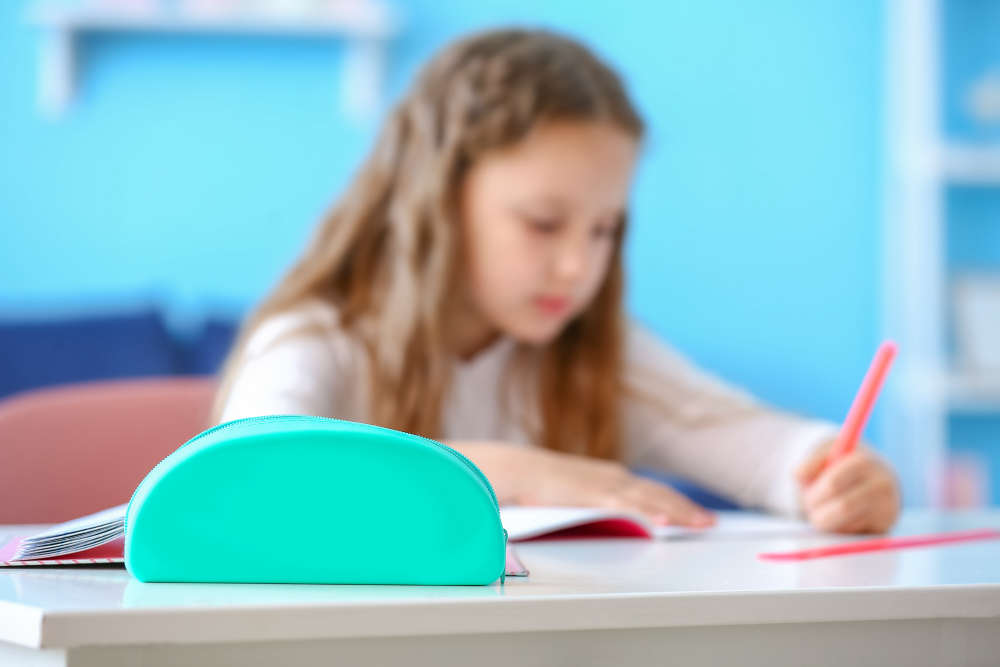
After a long and refreshing summer break, transitioning back to the routine of school can be a challenging task for both parents and children. Children, having enjoyed the freedom of summer, might find it daunting to get back to the rigidity of school schedules, homework, and extracurricular activities. As parents, it’s essential to ensure that this transition is as smooth and stress-free as possible. Here are five tips to help your child get ready for the new academic year.
-
Re-establish a Routine:
One of the most significant changes when transitioning from holidays to school is the shift in daily routines. During the holidays, children might have become used to sleeping late and waking up at their leisure. It's crucial to gradually re-introduce a school-appropriate sleep schedule at least a week before school starts. This means setting specific bedtimes and wake-up times. Similarly, meal timings, playtimes, and study hours should be slowly adjusted to mimic the school routine. This gradual shift will ensure that your child is not overwhelmed on the first day back.
-
Organize School Supplies Together:
The excitement of shopping for new school supplies can serve as a positive motivator. Allow your child to be involved in the selection process, be it choosing a new backpack, pencil case, or stationery. Organise these supplies together, label them, and ensure that everything is ready a few days before school starts. This not only builds anticipation but also gives them a sense of ownership and responsibility for their belongings.
-
Discuss and Set Goals:
Begin the academic year with a clear vision. Sit down with your child and discuss goals for the upcoming year – both academic and personal. Maybe they want to improve in a particular subject, make new friends, or join a new club. Setting these goals gives them a clear direction and something to strive towards. It's essential, however, to ensure that these goals are realistic and achievable. Celebrate small milestones throughout the year to keep them motivated.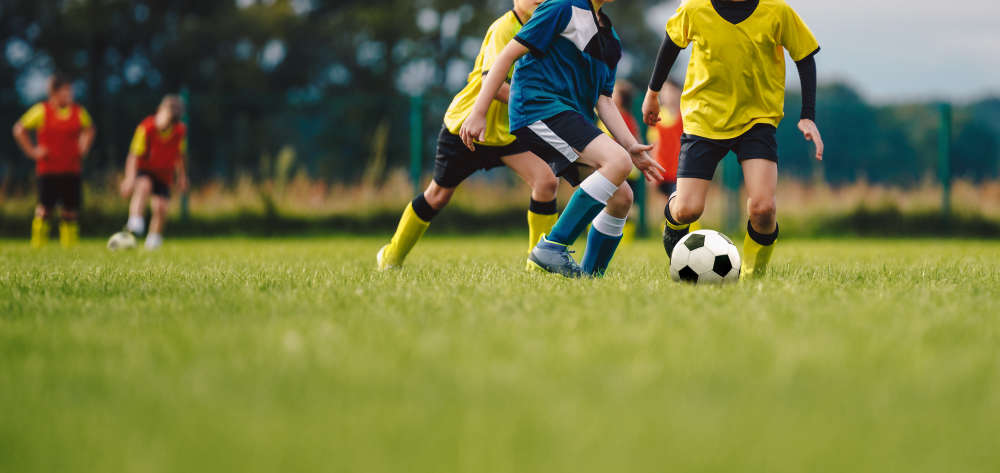
-
Open Communication Channels:
Transitioning back to school can bring a mix of emotions: excitement, anxiety, joy, or even fear. Keep the lines of communication open with your child. Talk about their feelings, address any concerns, and reassure them. Discussing the positive aspects of school can also help – reuniting with friends, meeting new teachers, and the joy of learning new things. If your child seems particularly anxious, consider arranging playdates with classmates before school starts or visiting the school to familiarise them with the environment.
-
Create a Study-Friendly Environment:
A conducive environment can make a significant difference in a child's attitude towards study and homework. Ensure that they have a quiet, well-lit space free from distractions. Organise this space with all necessary supplies – pencils, papers, books, etc. It might also help to create a study schedule, breaking down tasks into manageable chunks. This will help them balance schoolwork, extracurricular activities, and relaxation time efficiently.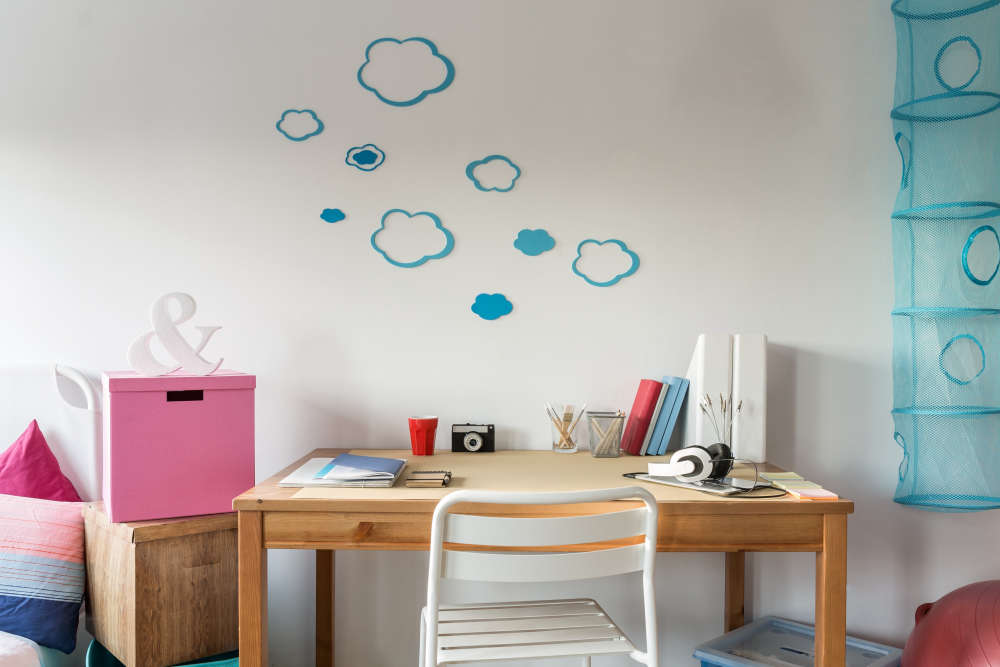
In conclusion, transitioning back to school after the summer holidays requires some planning and preparation. By establishing routines, organising supplies, setting goals, communicating openly, and creating a conducive study environment, you can ensure that your child is well-prepared to face the new academic year with confidence and enthusiasm. Remember, every child is unique, so it's essential to tailor these tips according to what best suits your child's needs and personality. With the right approach, the back-to-school phase can be a smooth and positive experience for everyone involved.

 Home Style: Colourful New Life
Home Style: Colourful New Life
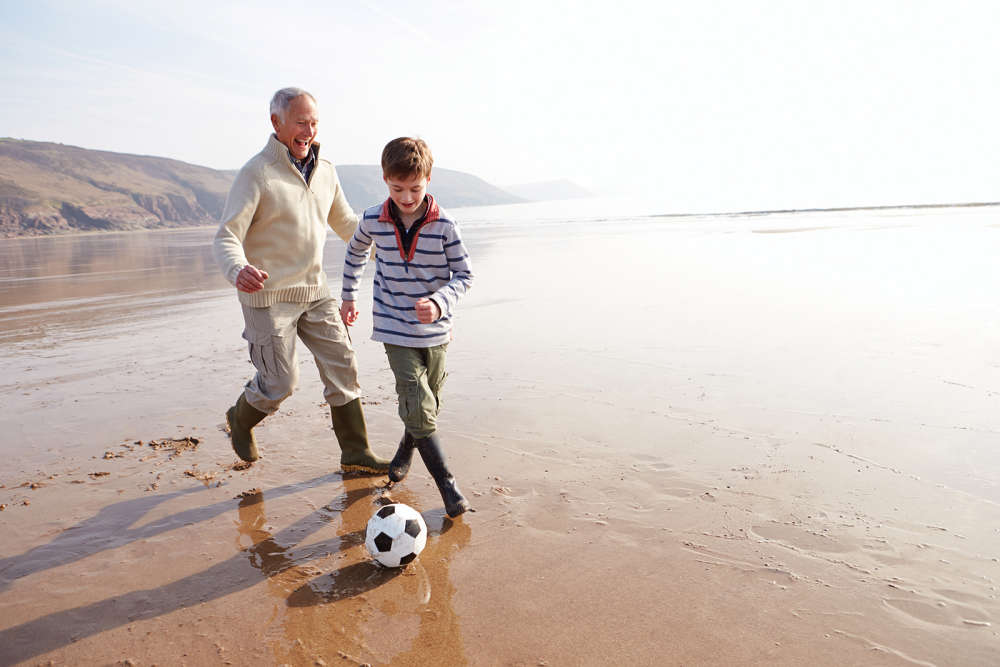 Money Matters: Release Reality
Money Matters: Release Reality
 World Listening Day 2024: Learning to Listen to our Environment
World Listening Day 2024: Learning to Listen to our Environment
 Spotlight Events: What's On in July 2024
Spotlight Events: What's On in July 2024
 RSPCA Celebrates 200 Years
RSPCA Celebrates 200 Years
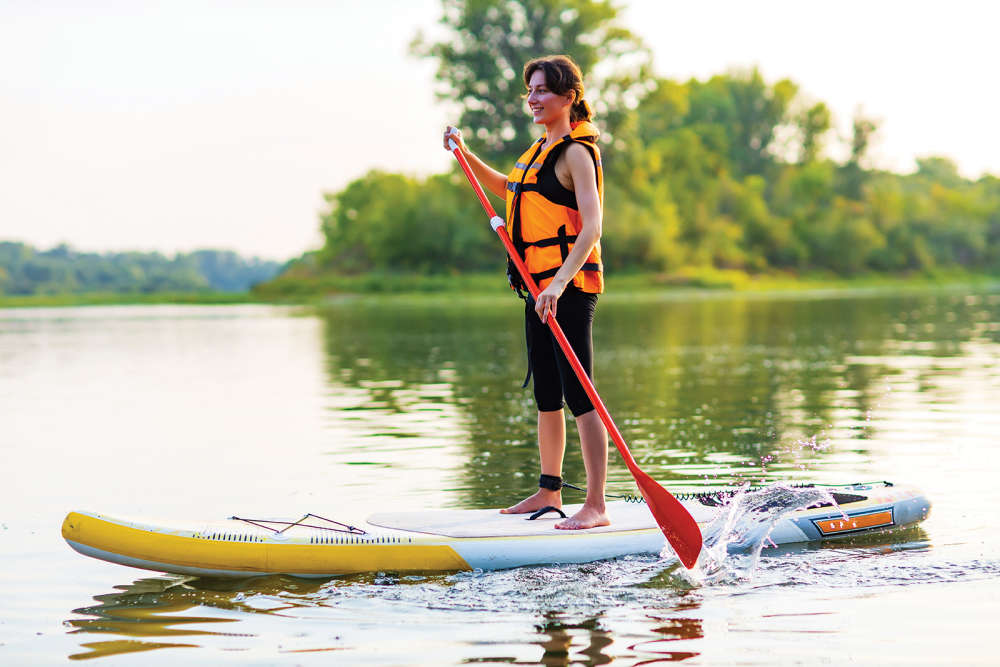 Be Well, Move Happy: Learning a New Skill and Water Sports
Be Well, Move Happy: Learning a New Skill and Water Sports
 10 Ideas for a Screen-Free Summer
10 Ideas for a Screen-Free Summer
 Home Style: Bold Type
Home Style: Bold Type
 What to Watch in July 2024
What to Watch in July 2024
 The Exciting Appeal of the Beach Holiday
The Exciting Appeal of the Beach Holiday
 "I quite like to end up with a setlist that involves a catalogue of human misery..." Nish Kumar on his return to stand-up comedy
"I quite like to end up with a setlist that involves a catalogue of human misery..." Nish Kumar on his return to stand-up comedy
 Money Matters: The Revenue Generation
Money Matters: The Revenue Generation
 Home Style: A Better Way of Life
Home Style: A Better Way of Life
 Weddings: The Food of Love
Weddings: The Food of Love
 Vino, Vidi, Vici: The Vineyards, Breweries & Distilleries of Sussex
Vino, Vidi, Vici: The Vineyards, Breweries & Distilleries of Sussex
 Homes Extra: Digging a Design
Homes Extra: Digging a Design
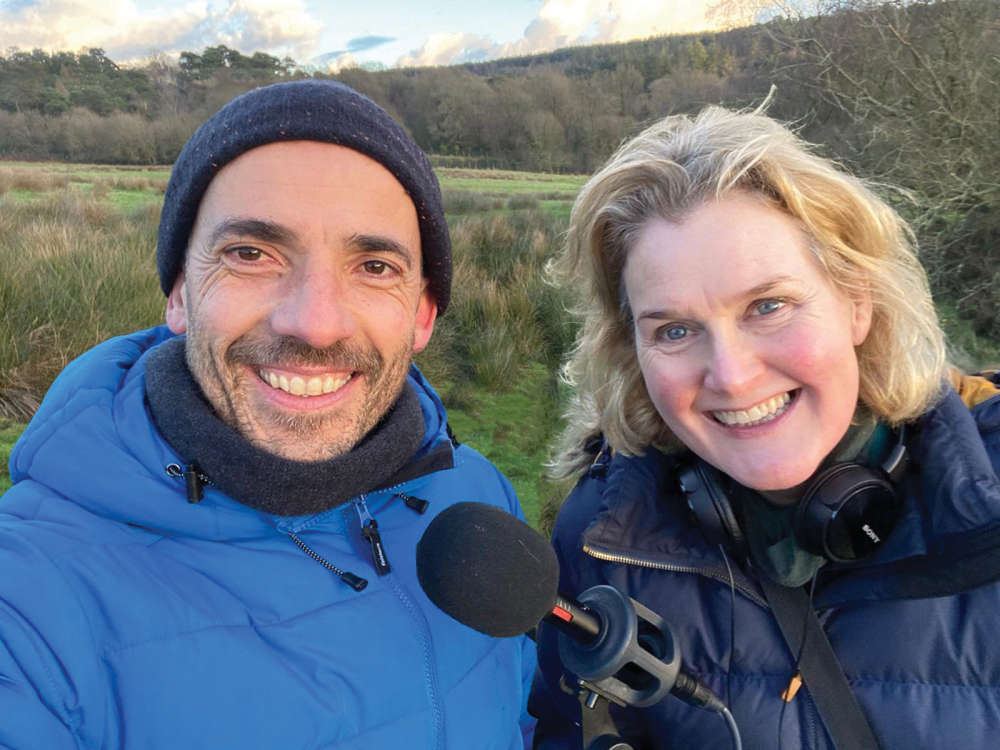 Listening to Nature: Meet the people behind the Ashdown Forest podcast
Listening to Nature: Meet the people behind the Ashdown Forest podcast
 Home Style: Tales from the Mill
Home Style: Tales from the Mill
 SPECIAL OFFER: General Admission Tickets To The Al Shira’aa Hickstead Derby Meeting
SPECIAL OFFER: General Admission Tickets To The Al Shira’aa Hickstead Derby Meeting
 A Gourmet Escape on the Eurostar: London to Amsterdam with Culinary Delights in Almere
A Gourmet Escape on the Eurostar: London to Amsterdam with Culinary Delights in Almere